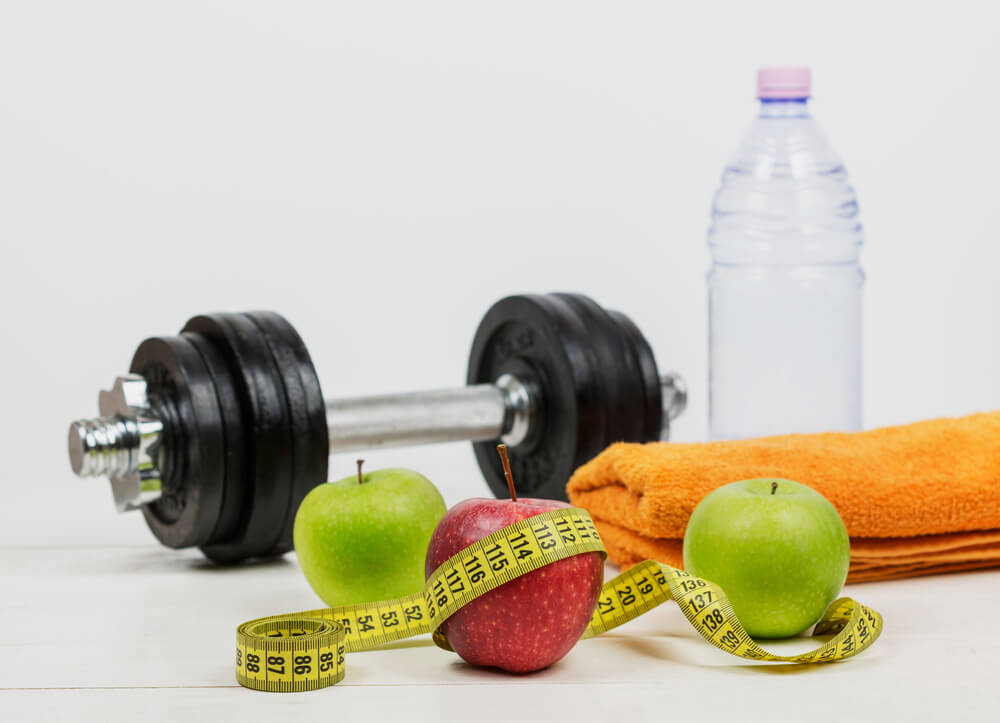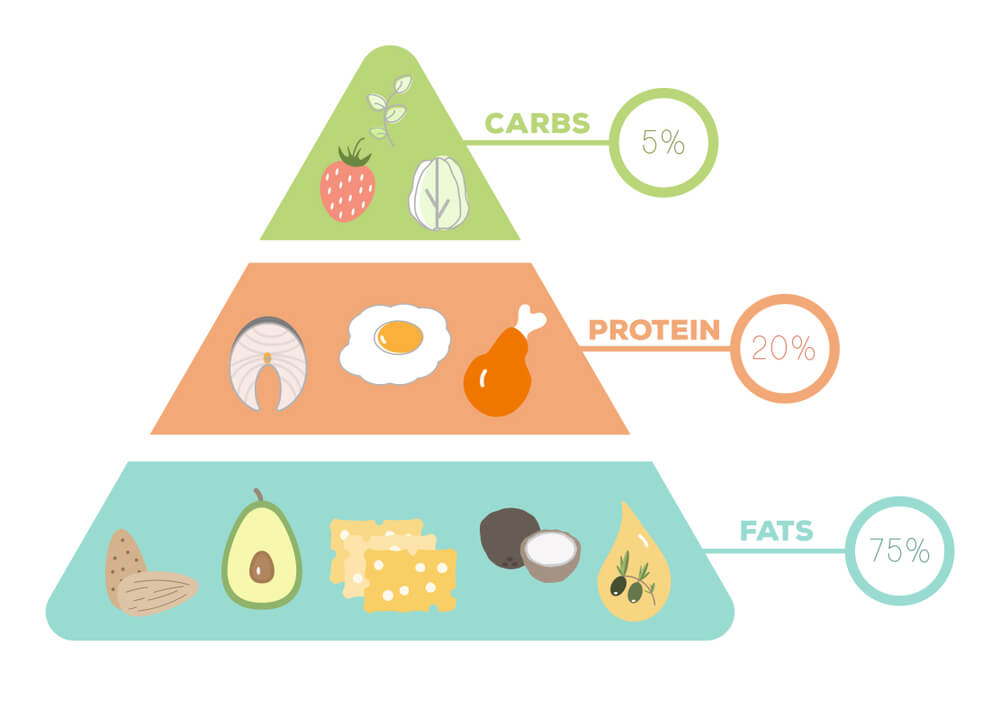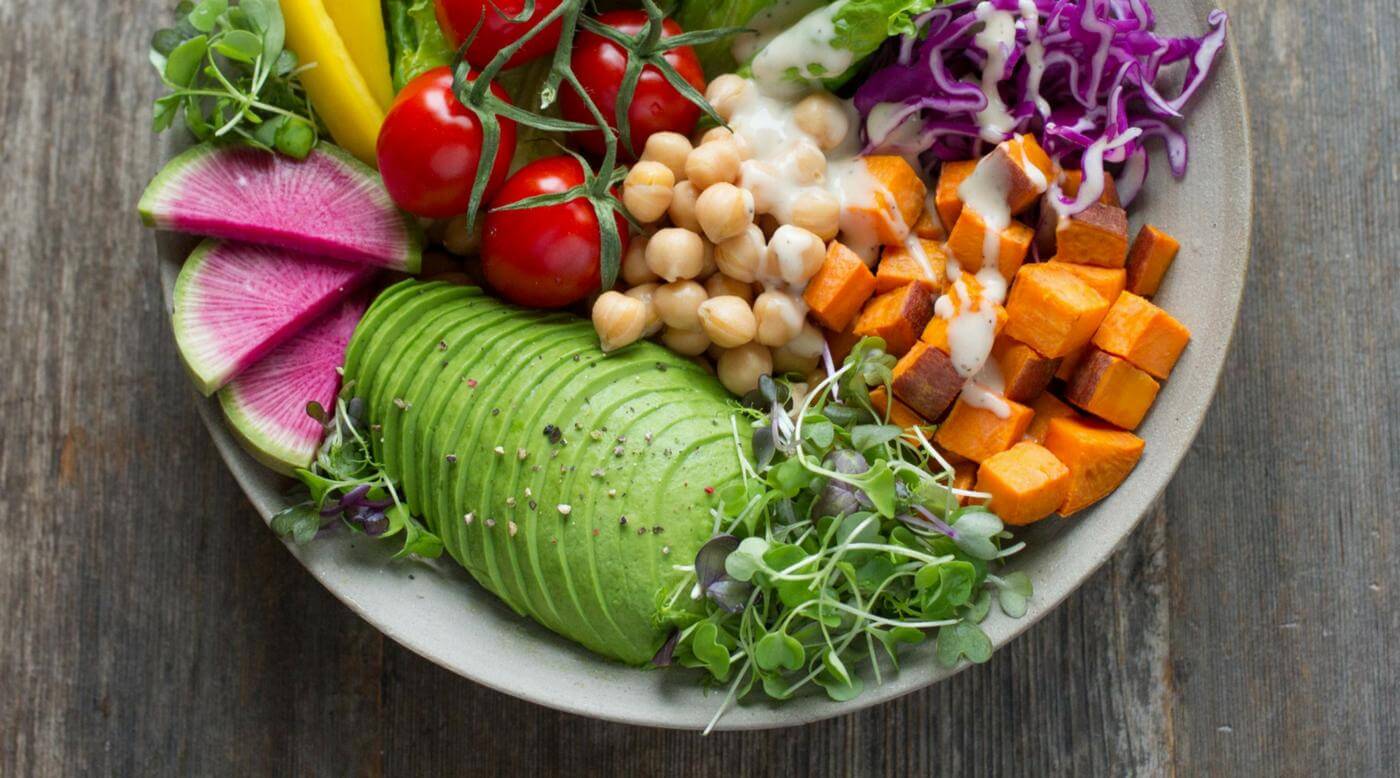One of the best selling points of a ketogenic diet (or “keto”) is its ability to shed your pounds without having to do exercise. I am a first-hand witness to how keto diet has shaped the bodies of my once fatty colleagues. Despite this, there are still many people who want to maximize the benefits of a keto diet. Of course, this means that the still want to live their life on the grind and exercise their way to fitness. Fortunately, working out is still plausible, regardless of the kind of diet that you engage. Here is how to exercise when you’re in ketosis.
An Overview of Ketosis and Exercise

Ketosis is the end-goal of a ketogenic diet. When you are into full keto, your body is inclined to burn fats rapidly instead of sugar. The process is pretty optimized, as what you eat is helpful in the fat-burning process.
However, it doesn’t really stop there. Gone are the days where you don’t mind the amount or type of food that you are eating. You have to improve the quality of the food that you eat under keto diet so that you can maintain your ketosis. Calculating macronutrients from your intakes is an excellent way to track your progress.
A healthier body is essentially more fit to do exercise. That’s the bottom line of it.
An Important Reminder

Before you hit the gym, pay attention to this first. You know that ketogenic exercise tends to suppress the carbohydrate levels of your body. Because carb is our primary fuel source, the absence of it will place a massive impact on our performance. Furthermore, carbs are our gateway to sugar. When there is no sugar, the capacity of our muscles to perform extensive routines drastically decline.
Glucose, a subunit of sugar, is the one that fuels your muscles whenever you are doing high-intensity regimens for around two minutes. Ketones and fat will never be able to substitute glucose whenever it is depleted.
You can still workout even while you are into a ketogenic diet. However, it is advisable that you minimize or regulate your high-intensity exercises. The timeframe should not exceed a minute or two. Otherwise, you will suffer from repercussions.
The Vital Role of Protein and Fat

You can’t start your grind either if your keto diet does not involve high levels of protein and fats. Since your carbohydrate intake has been drastically reduced, supporting nutrients would come necessary.
Protein and healthy fats are not prohibited in a keto diet. In fact, they are very encouraged. They can enhance muscle growth and repair even carbs and sugar have minimal appearance already.
Protein, notably, offers better calorie-burning performance than other types of nutrients out there. Satiation is elevated whenever we have high levels of protein. On the flip side, ignoring will eventually cause loss of muscle mass.
Step by Step to Exercise in Ketosis

Now for the part that you are waiting for. I know that you are somehow curious about the types of exercises that you can do while your body is in full ketosis. Of course, your intakes depend on the kinds of activities that you are going to do.
Aerobic – Doing continuous, low-intensity cardio exercises will optimize the fat-burning process. They are ideal for people who are into keto diet because they are not that rigorous.
Anaerobic – I have said earlier that you have to reduce high-intensity workouts whenever you are into keto diet. To cope up with the sudden outburst, one should increase their protein, calorie, and fat intake.
For people who want to improve their muscle gain, this kind of diet is recommended:
- Daily provision of calorie should never go below 300 calories.
- The calories should be outsourced from pureand healthy fats.
- Try using cyclical or targeted ketogenic diet to veer away from the aftermath of low levels of carbohydrates.
This following ketogenic diet is good for people who want to hasten their shedding of pound through exercise:
- Fat consumption should be lowered.
- Your protein intake should be one gram per one pound of lean meat.
- You have to lower your calorie intake if you are obese or overweight. A calorie deficiency of 400 calories would be significant for this.
You don’t need to change the type of workouts that you do once you engage in a ketogenic diet. However, it is very crucial that you will be able to optimize your diet following the exercise that you are doing. In this way, you don’t feel tired or groggy.
[Related: Ketogenic Calculator: Get Into Ketosis And Start Melting That Fat Off!]
Additional Tips

The golden rule in exercising while in keto diet is to adjust your diet correctly. I know it is difficult from the start. However, sooner or later, you will be able to manage it.
Here are some further tips that I can give so that you can execute this properly.
- Don’t exercise in the first weeks of your die
Take into account that the prior effects of a ketogenic diet are not that great. You will not feel great at all since you are cutting off your carbohydrate and sugar intake. The best thing that you can do is to wait for the symptoms to subside before you start working out.
- Never miss eating
A keto diet doesn’t mean that you have to stop eating or limit the items that you consume. Ketosis, after all, requires a constant supply of calories, protein, and fats. You also need to be aware that keto can cause you to feel full. At this point, you have to go over your appetite and eat when your body needs to it.
- Consume fats as well
Ketogenic diet does not restrict you to eat food sources that are rich in fat. It would be better if you had to regulate them. If you are not consuming enough fats, that’s not a keto diet at all. Instead, it is already a form of Atkins diet. This one is tough to accomplish and not suitable for workouts.
Wrapping it Up
Here are some of the guidelines for working out while in ketosis. I hope that you were able to learn a thing or two in here. Always remember that a keto diet is quite drastic. Therefore, you have to be fully adjusted and ready before you start doing physical routines.
If you have questions or suggestions, feel free to ask me in the comment section below!


